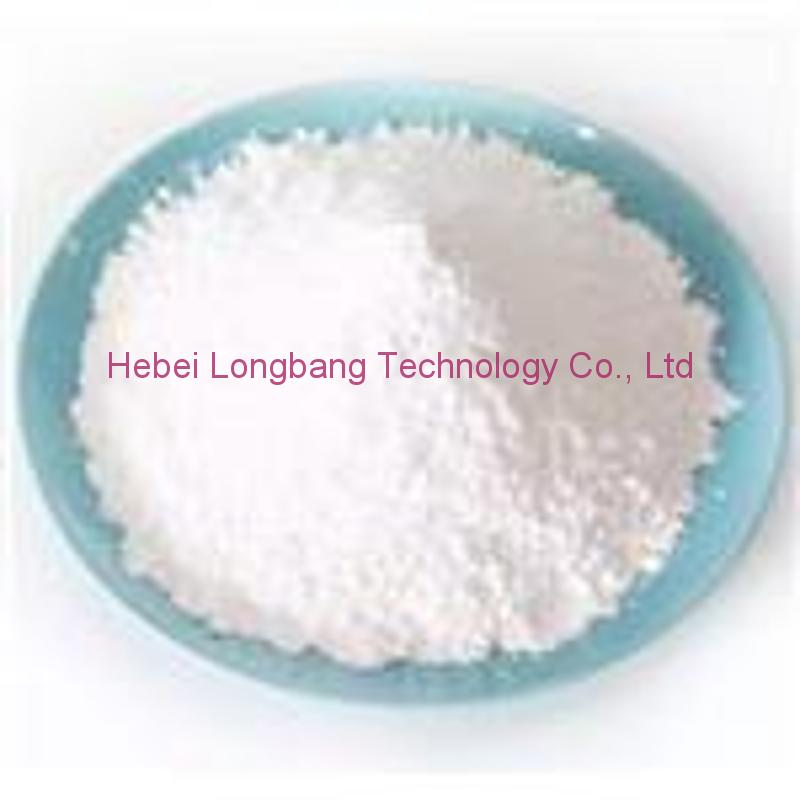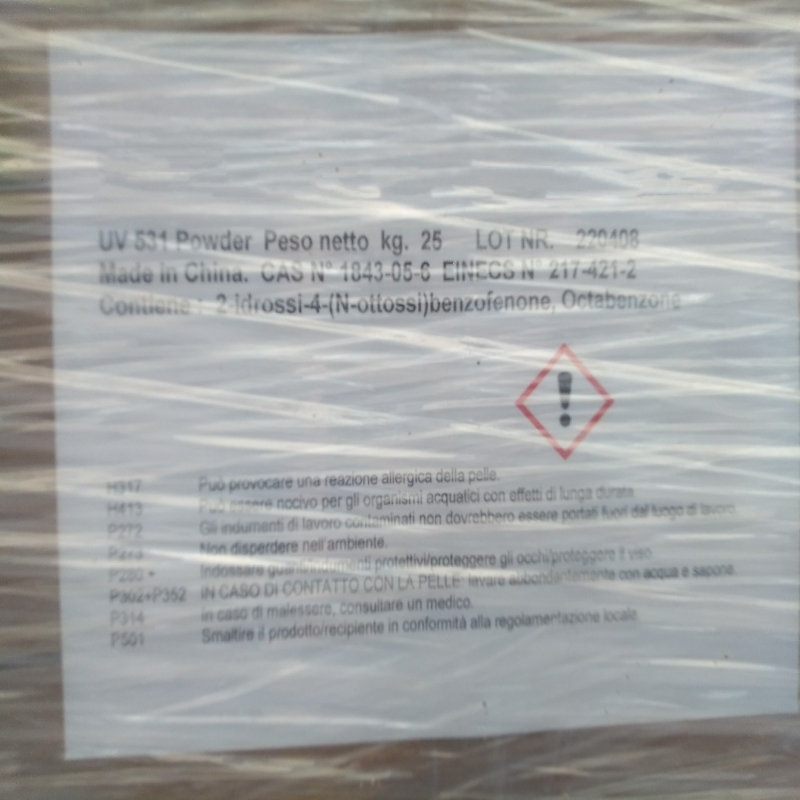-
Categories
-
Pharmaceutical Intermediates
-
Active Pharmaceutical Ingredients
-
Food Additives
- Industrial Coatings
- Agrochemicals
- Dyes and Pigments
- Surfactant
- Flavors and Fragrances
- Chemical Reagents
- Catalyst and Auxiliary
- Natural Products
- Inorganic Chemistry
-
Organic Chemistry
-
Biochemical Engineering
- Analytical Chemistry
-
Cosmetic Ingredient
- Water Treatment Chemical
-
Pharmaceutical Intermediates
Promotion
ECHEMI Mall
Wholesale
Weekly Price
Exhibition
News
-
Trade Service
Global Chemicals Quick Review
Global pharmaceutical companies are selling assets
Over the past two weeks, driven by patent expirations and the shift of pharmaceutical companies into the biopharmaceutical sector, some pharmaceutical companies around the world have sold their factories
that they no longer need.
U.
S.
pharmaceutical manufacturing giant Bailigao agreed to sell its active pharmaceutical ingredient (API) plant
in Israel to private equity firm SK Capital for $110 million.
SK Capital will continue to supply APIs to Bailico in accordance with the long-term contract signed by the two parties
.
In addition, Pfizer has signed an agreement to sell its sterile drug manufacturing facility
in Liscate, Italy, to Avara Pharmaceutical Services.
To date, the latter has acquired five API and drug manufacturing facilities
from pharmaceutical companies including AstraZeneca, Merck and UCB.
Global demand for Class III base oils will grow rapidly in the coming years
According to the second quarter financial report of South Korea's SK Lubricants Company, the global demand for Class III base oil will grow at an average annual rate of 3.
5% in the next few years, thereby gradually alleviating the dilemma
of excess global Class III base oil inventory.
The company believes that the growth rate of global demand for Class III base oils will exceed the growth rate
of demand for finished lubricants in the next few years.
With these two base oils growing in tandem over the past 20 years, engine oils and most other types of lubricants are looking for high-performance lubricants with longer drain intervals and a wider temperature range, and Group III base stocks can help meet all of these performance needs
.
George Morvey, Industry Manager Energy Practice at Clariant, said: "The figures provided by SK Lubricants are in line with
our forecasts.
We forecast that demand for 5W and 0W multigrade oils, the main application areas of global Class III base oils, will grow at an average annual rate of 5% and 3.
1%
respectively by 2021.
”
Vietnam will become a net importer of crude oil for the first time
Vietnam's crude oil imports will soar to record highs
in August as Vietnam is gradually increasing refining and processing capacity, but domestic crude oil production continues to decline over the same period.
Among them, Vietnam's second domestic refinery, the 200,000 b/d Nghi Son refinery, is ready to start production later this year or early 2018 and will produce liquefied petroleum gas, gasoline, diesel, kerosene and jet coal, mainly for the domestic market
.
According to shipping data from Thomson Reuters Eikon, Vietnam's crude imports will hit a record high in the month and will also be the first time Vietnam will become a net importer of crude oil, with Vietnam importing about 100,000 b/d of crude in August, while exporting 70,000 bpd
.
Imports in September are expected to be the same
as in August.
In addition, this trend will continue
in the coming months due to the growth of refining capacity in Vietnam.
As domestic crude production declines, traders say Vietnam, a country of more than 90 million people with an annual economic growth rate of 6 percent
, will gradually increase its crude imports.
Uganda moves forward with new refinery projects
Uganda's energy ministry said Uganda would continue to develop large oil fields and had agreed to the terms of a core project to invest $2.
5 billion in new refineries, with the selection of a consortium led by General Electric as a key step in developing the 60,000 bpd project, which is expected to come on stream
in 2020.
Uganda's Ministry of Energy announced that "the framework agreement for the project is expected to be finalized and will be signed
within the next two months.
" In addition, the foundation stone was laid for a new $3.
55 billion crude oil export pipeline that plans to export Ugandan oil to international markets
.
The 1,445-kilometer pipeline, scheduled to be completed by 2020, begins in the western part of landlocked Uganda, where crude oil resources were discovered in 2006, and ends in Tanzania's Indian Ocean seaport of Tanga.







